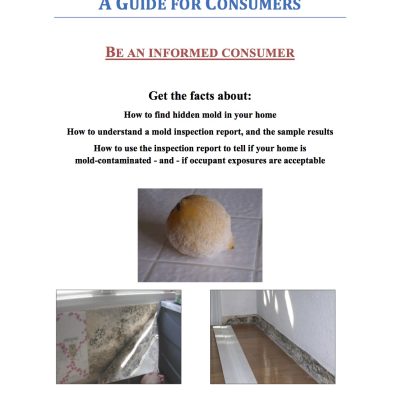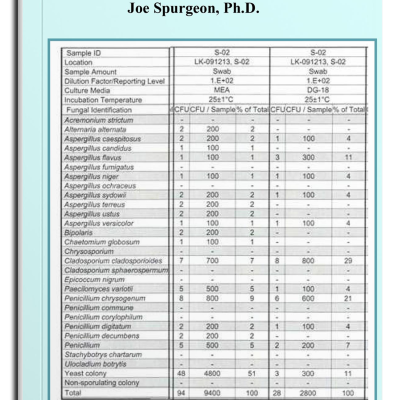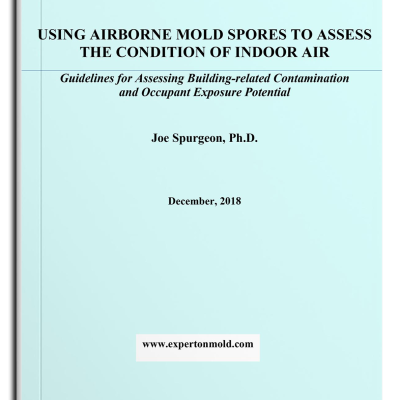Do men and women respond differently to indoor mold?
The title of the section could be “how to save your marriage from mold”. Many spouses cannot understand why their better half is spending all that money on a mold inspection or remediation. They are not affected by mold, and really can’t empathize in their spouse’s misery. I have been involved in several projects where this lack of understanding has resulted in marital stress and even divorce.
There is a natural variation in how people react to excessive mold in the indoor environment. Only about 10% to 20% of the population may be significantly affected by these environmental contaminants. Not everyone is affected to the same degree by indoor mold, bacterial endotoxins, hay fever, pet-insect-rodent allergens, etc. However, in addition to this natural variation in the population, men and women do tend to report the occurrence of mold-related symptoms at different rates, with women typically reporting symptoms at a higher rate than men.
The reason for this difference in the response rate is not known. It may simply be related to the way men are socialized, preferring to “man-up” and endure discomforts rather than admit they may be affected; or it may be due to a difference in hormonal balance. The information in Table 1 is a summary of health symptom surveys collected from 136 women and 190 men in a 16-story office building. The survey asked the occupant to respond to 48 symptoms. The response rates for six of the reported symptoms are contained in Table 1. Hopefully, this information will help to increase the understanding between occupants that may be responding quite differently to a mold-contaminated indoor environment.
Table 1. Variation in the Response Rates in Women and Men for Mold-related Health Symptoms.
|
SYMPTOM |
WOMEN |
MEN |
| Headache |
46 % |
21 % |
| Irritated Eyes |
37 % |
26 % |
| Sinus Congestion |
31 % |
19 % |
| Fatigue |
26 % |
14 % |
| Allergies |
25 % |
15 % |
| Dry Cough |
23 % |
14 % |
The average response rate for women was almost twice the rate reported by men for the six individual symptoms. However, there is something interesting about these six symptoms. Out of the 48 symptoms included in the survey, these were the only six symptoms that had a frequency of response that was one standard deviation above the average rate of response – for both men and women. That is, even though men and women reported symptoms at different frequencies, they reported the same six symptoms at elevated frequencies. This led me to conclude that men were just adopting the “caveman” syndrome and deciding not to report their symptoms.
However, many individuals are not aware of the mold-related health effects that may be affecting them. It has not been unusual to ask an occupant if they had any mold-related symptoms to receive an answer of “no”, then listen to them answer “yes” to multiple symptoms as I read them from a health-symptom survey form. Asking leading questions is a necessity. The Health Symptom Survey that was used to collect the information in Table 1 is reproduced in the “Articles” section of the website for those that are interested. The survey was included to provide the reader with examples of some of the adverse health effects that may be associated with exposure to indoor mold.





